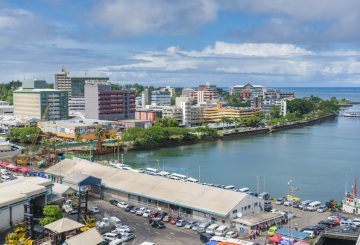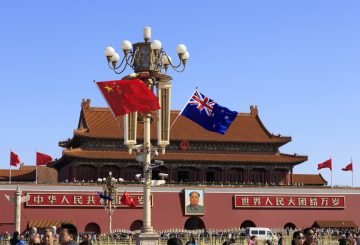Hàn Quốc đã ghi nhận tỷ lệ sinh thấp nhất thế giới.
Dữ liệu chính phủ công bố gần đây cho thấy tỷ lệ sinh của quốc gia đã giảm xuống còn 0,81 trẻ sơ sinh trên một phụ nữ.
Đây là năm thứ sáu liên tiếp tỷ lệ đã giảm. Nó đã giảm xuống còn ít hơn một trẻ em trên một phụ nữ vào năm 2018.
Các quốc gia nói chung cần một tỷ lệ sinh 2,1 để duy trì một dân số ổn định mà không tăng nhập cư.
Trung bình trên toàn thế giới là 1,6. Tuy nhiên, không có quốc gia lớn nào khác ngoài Hàn Quốc nằm dưới một đứa trẻ, báo cáo của BBC.
Năm 2020, số người chết vượt quá số người sinh lần đầu tiên.
Tỷ lệ giảm đã gây ra những lo ngại về một cuộc khủng hoảng kinh tế và xã hội tiềm năng vì số lượng lớn người cao tuổi với ít người trẻ hơn để hỗ trợ họ.
Dân số già hóa có nghĩa là có chi phí chăm sóc sức khỏe và các chi phí khác cao hơn nhưng thu nhập thuế thấp hơn để cân bằng chi tiêu này. Điều đó cũng có nghĩa là đất nước có thể trải qua tình trạng thiếu lao động.
Đến năm 2026, người cao tuổi có thể chiếm 20% dân số Hàn Quốc. Dân số lao động có thể giảm 1/3 trong vòng 30 năm tới.
Một thị trường việc làm khó khăn, lương bất bình đẳng, chi phí sinh hoạt và nuôi dạy con cái cao, và khó khăn trong việc trở lại làm việc được trả lương cao sau khi có con đều được trích dẫn là yếu tố dẫn đến tỷ lệ sinh thấp của Hàn Quốc.
Năm 2021, bộ nội vụ ở Seoul kêu gọi “những thay đổi cơ bản” để giải quyết nhân khẩu học của đất nước.
Người Hàn Quốc hiện nhận được tiền thưởng 2 triệu won ($2407) cho mỗi đứa trẻ cũng như 300.000 won ($361) mỗi tháng cho năm đầu tiên của cuộc đời đứa trẻ.





























































